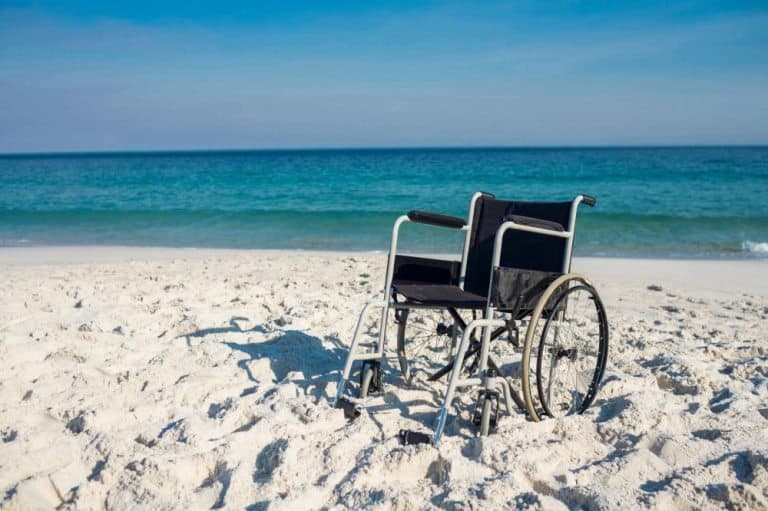How Disability Payouts Impact Veterans’ Earnings
The Congressional Budget Office (CBO) recently conducted an analysis shedding light on the financial dynamics among veterans, emphasizing the impact of disability ratings on their annual income. Contrary to common stereotypes, the findings reveal intriguing trends, showcasing how veterans with low disability ratings often outearn their non-disabled peers. However, those with significant service injuries face substantial income disparities compared to other veterans.
Key Findings and Income Disparities
In the fiscal year 2022, the Department of Veterans Affairs witnessed a surge in disability compensation costs, reaching a staggering $125 billion, representing nearly 45% of the department’s total spending. The study emphasizes that disability ratings encompass various ailments, including physical wounds, military toxic exposure-related illnesses, traumatic brain injuries, and post-traumatic stress disorder.
Do Disability Payouts Affect Age, Marital Status, and Education?
Contrary to expectations, veterans collecting disability payouts tend to be younger, married, and possess a college degree. Approximately 30% of all veterans in the United States had compensable service-connected disabilities in 2022.
Exploring Income Disparities: Male Veterans
CBO’s analysis, based on census reports and VA data, reveals that in 2019, male veterans with a disability rating earned an average of $52,200. This was approximately $10,200 (16%) lower than their non-disabled counterparts. Notably, veterans with low disability ratings (10% or 20%) earned $3,100 more than non-disabled peers, marking a 5% increase. In contrast, those with ratings of 70% or higher earned almost 40% less than non-disabled peers.
Unveiling Trends Among Women Veterans
For women veterans, the disparities were similarly pronounced. While non-disabled veterans averaged $42,900 in annual earnings, women veterans with a 10% or 20% rating earned approximately $2,300 more (5%). Conversely, those with a rating of 70% or more faced a significant income gap, earning $16,000 less (38%) than their non-disabled counterparts.
Exploring Factors Influencing Income Disparities
The primary factor influencing these income disparities is an individual’s ability to work. Veterans with low disability ratings, averaging around $2,300 in VA payouts annually, managed to maintain full-time jobs, aligning with their non-disabled peers. In contrast, veterans with higher disability ratings, receiving an average of $29,200 in payouts, had the lowest labor force participation rates, often limiting them to part-time employment or no steady work.
Veterans in Higher Education: Impact on Financial Dynamics
The study also delves into the financial dynamics among veterans attending college, whether full-time or part-time. Other income sources, such as the VA’s GI Bill benefits, played a substantial role in shaping their financial outcomes.
While the report refrains from drawing explicit conclusions about necessary changes in the veterans’ compensation system, it provides valuable insights for policymakers. These findings serve as a benchmark to assess the financial security of veterans receiving disability payments in comparison to their non-receiving counterparts. Understanding these dynamics is crucial for shaping policies that support the diverse needs of our veteran community.





